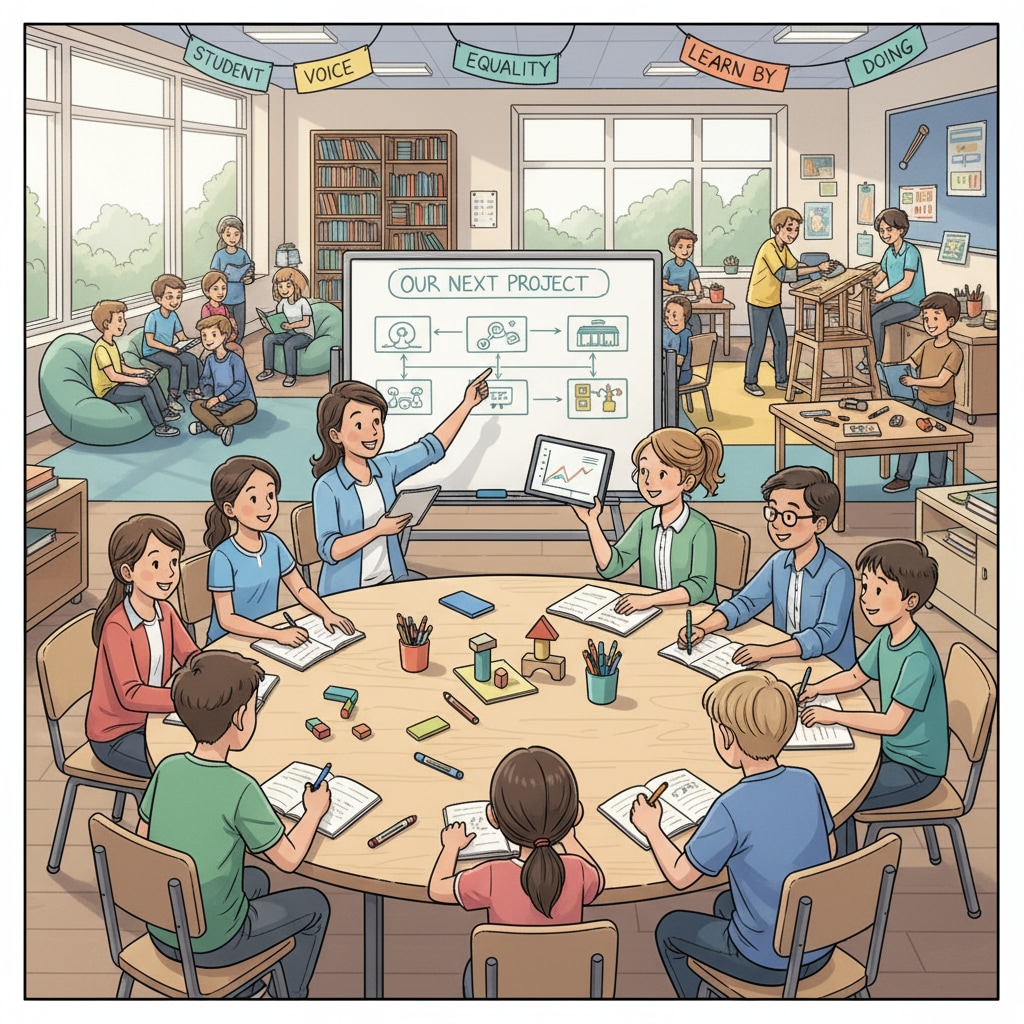Alternative school leadership, democratic schools, and teacher-led schools are revolutionizing the landscape of K12 education. In an era where traditional leadership structures are being reevaluated, these alternative models offer fresh perspectives and innovative approaches. Let’s embark on a journey to explore these transformative concepts.

The Rise of Alternative School Leadership
Traditional school leadership often follows a hierarchical model, with a principal at the helm making most decisions. However, alternative school leadership challenges this norm. It seeks to distribute power more evenly, involving various stakeholders in the decision-making process. For example, in some schools, students, teachers, and parents form committees to jointly decide on school policies. This shift not only empowers the individuals involved but also leads to more inclusive and effective decision-making. According to Education reform on Wikipedia, alternative leadership models are emerging as a response to the changing needs of modern education.
Democratic Schools: A Model of Shared Governance
Democratic schools are a prime example of alternative school leadership. In these institutions, the principles of democracy are applied to every aspect of school life. Students and teachers have equal say in matters such as curriculum design, disciplinary policies, and school activities. This creates an environment where everyone feels valued and involved. For instance, at the Sudbury Valley School in the United States, students participate in a school-wide meeting called the School Meeting, where they vote on important issues. As stated in Education on Britannica, democratic schools aim to prepare students for active citizenship by providing them with real-life democratic experiences within the school environment.

Another aspect of democratic schools is the emphasis on self-directed learning. Since students have a say in what they learn, they are more motivated and engaged in the educational process. This model challenges the traditional teacher-centered approach and promotes a more student-driven learning experience.
Readability guidance: We’ve used short paragraphs and simple language to enhance readability. Each section presents key ideas clearly, and external links provide additional resources for further exploration. Transition words like ‘however’ and ‘for example’ help connect ideas smoothly.


